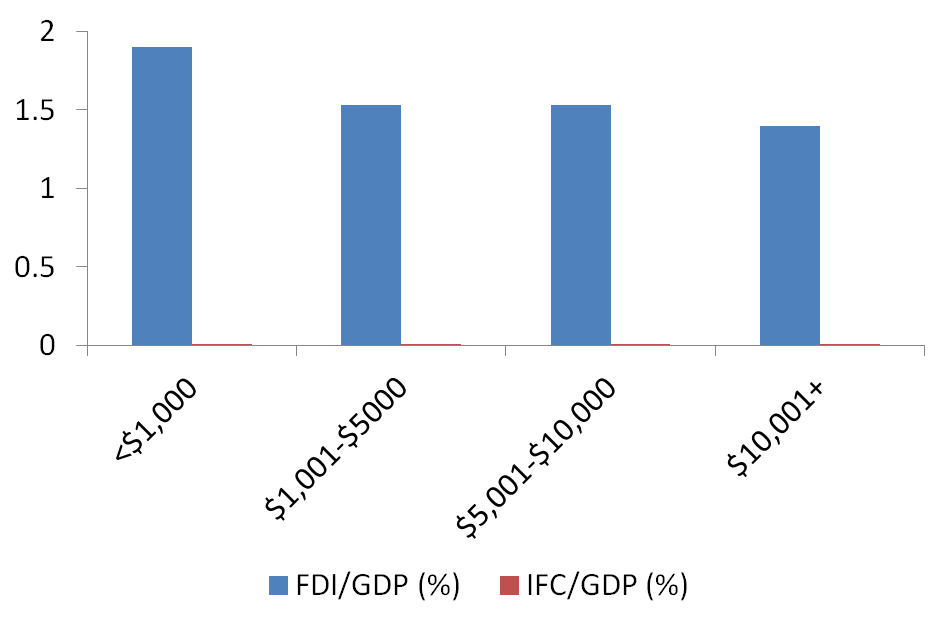
I'm told people in the UK who ordered The Plague Cycle are going to have to wait a little longer to get it. In very partial recompense, I present my utterly arguable list of top ten pandemics, ranked by impact on human history....
1. Neanderthal herpes: Neanderthals were already at home and well adapted to life outside Africa before anatomically modern humans arrived. Why did the Neanderthals end up extinct?
...One (disputed) theory: the newcomers arrived with a herpesvirus that was particularly deadly to previously unexposed locals. Maybe there wouldn’t have been human history at all if it weren’t for this pandemic.
2. The plagues of Columbus (and other European explorers): pandemic*s* rather than a pandemic, but the package of Old World diseases that Columbus and those who followed unleashed upon the New World...
...wiped out massive civilizations, crushed opposition to conquerors and killed off the vast majority of the indigenous population marginalizing their cultures and languages. The Americas and Australasia would look utterly different today were it not for infection.
3. The Justinian Plague. In 542 CE, the first recorded appearance of Yersinia Pestis helped bring down the Roman Empire, ended widespread agricultural slavery in Europe, and fostered the rise of Islam.
4. The Black Death: the second recorded visit by Yersinia Pestis in the Fourteenth Century caused probably the greatest mortality toll of a single pandemic event of all time...
...and a factor in European technological advance, the end of serfdom in the West and well as somewhat greater gender equality. That said, life got back to ‘normal’ pretty fast: the Hundred Year’s War started back up after a mere six-month break.
5. HIV/AIDS: rolled back decades of health progress in Africa, knock-on effects inc. lower educational attainment, slower growth and (possibly) more violence. More positively: helped launch a global infrastructure for infectious disease response that has saved millions of lives.
6. The Antonine Plague: What might have been smallpox hit the Roman Empire for the first time in 166 CE, only fifty years after it reached its greatest extent...
....Whole cities were abandoned in the plague’s aftermath and for the first time German tribes broke through the Roman border. This was the start of a decline punctuated with further plagues.
7. Cholera: This diarrheal disease devastated India in the Nineteenth Century as it was spread by the British army and then reached around the world, leaving the first international agreements on infectious disease and the start of a global sanitary revolution in its wake.
8. The Plague of Athens: The earliest pandemic described in detail. In 430 BCE, Thucydides describes something that might be Ebola striking the city. If you believe Arnold Toynbee (but you probably shouldn’t)...
...Athens’ subsequent loss in its war against Sparta ushered in an age of authoritarianism and xenophobia made respectable by Plato and Aristotle “that has its latter-day parallels in the regulations of Communist Russia [and] National-Socialist Germany…”
9. Covid-19: Of course it is too early to tell the historic impact of Covid 19 and there are many other epidemics and pandemics that had a higher death rate or death toll not on this list. Indeed, for most of history we probably wouldn’t noticed Covid-19 as a separate disease...
...But in terms of dollars of immediate economic impact, Covid 19 would come first on the list. And, hopefully, it is going to spark a new era of global cooperation on threats from infection through climate.
10. The 1918 Spanish Flu: it was one of the biggest killers of all time, but had a small historical footprint...
...Apparently too much other stuff was going on to be bothered by the deaths of tens of millions of people, one reason that we forgot lessons about masks, school closures and social distancing.
It is worth noting a number of the greatest infectious killers of all time don’t get an entry on this list because they were regularly around, so didn’t have the shock value of pandemics: think malaria, measles, tuberculosis, and a range of diarrheal and respiratory infection...
...Our victories in reducing the regular death toll of these diseases did more to shape the modern world than pandemics did.
Next time you see a sanitation worker, a food safety regulator, a vaccine or antibiotic researcher, say thank you. /end
Next time you see a sanitation worker, a food safety regulator, a vaccine or antibiotic researcher, say thank you. /end
• • •
Missing some Tweet in this thread? You can try to
force a refresh








